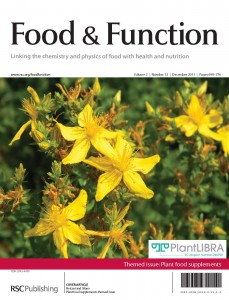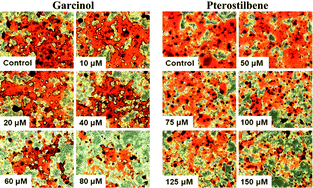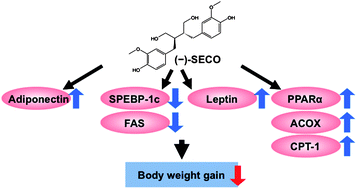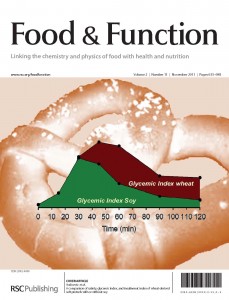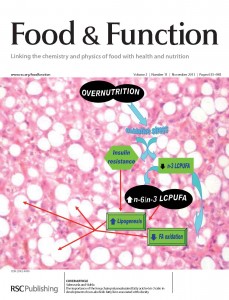Free online access to Food & Function will finish at the end of 2011, but there is still time to take a look at all the articles we’ve published so far free of charge.
Don’t know where to start? Why not take a look at some of the top accessed articles over the last year:

Thomas W. M. Crozier, Angelique Stalmach, Michael E. J. Lean and Alan Crozier
Food Funct., 2012, Advance Article, DOI: 10.1039/C1FO10240K
Anti-inflammatory activity of natural dietary flavonoids
Min-Hsiung Pan, Ching-Shu Lai and Chi-Tang Ho
Food Funct., 2010, 1, 15-31, DOI: 10.1039/C0FO00103A
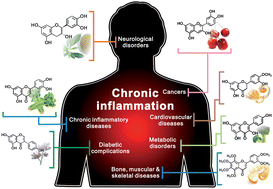
Wasaporn Chanput, Jurriaan Mes, Robert A. M. Vreeburg, Huub F. J. Savelkoul and Harry J. Wichers
Food Funct., 2010, 1, 254-261, DOI: 10.1039/C0FO00113A
Review of in vitro digestion models for rapid screening of emulsion-based systems
David Julian McClements and Yan Li
Food Funct., 2010, 1, 32-59, DOI: 10.1039/C0FO00111B
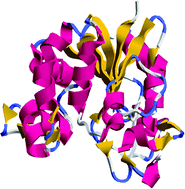
Ravinder Nagpal, Pradip Behare, Rajiv Rana, Ashwani Kumar, Manoj Kumar, Sanu Arora, Fransesco Morotta, Shalini Jain and Hariom Yadav
Food Funct., 2011, 2, 18-27, DOI: 10.1039/C0FO00016G
Inhibition of advanced glycation endproduct formation by foodstuffs
Chi-Hao Wu, Shang-Ming Huang, Jer-An Lin and Gow-Chin Yen
Food Funct., 2011, 2, 224-234, DOI: 10.1039/C1FO10026B
Safety assessment of plant food supplements (PFS)
Suzanne J. P. L. van den Berg, Lluis Serra-Majem, Patrick Coppens and Ivonne M. C. M. Rietjens
Food Funct., 2011, 2, 760-768, DOI: 10.1039/C1FO10067J
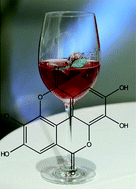
Junji Terao, Kaeko Murota and Yoshichika Kawai
Food Funct., 2011, 2, 11-17, DOI: 10.1039/C0FO00106F
Expression of carotenoid biosynthetic pathway genes and changes in carotenoids during ripening in tomato (Lycopersicon esculentum)
Kanakapura Krishnamurthy Namitha, Surya Narayana Archana and Pradeep Singh Negi
Food Funct., 2011, 2, 168-173, DOI: 10.1039/C0FO00169D
Red wine: A source of potent ligands for peroxisome proliferator-activated receptor γ
Alfred Zoechling, Falk Liebner and Alois Jungbauer
Food Funct., 2011, 2, 28-38, DOI: 10.1039/C0FO00086H
If you would like to continue to receive access to Food & Function in 2012 please contact our sales team and ask for a quote.
You can keep up to date with the latest articles and developments from Food & Function by signing up for free table of contents alerts and e-newsletters. Additionally, why not consider submitting your next manuscript to the journal?













